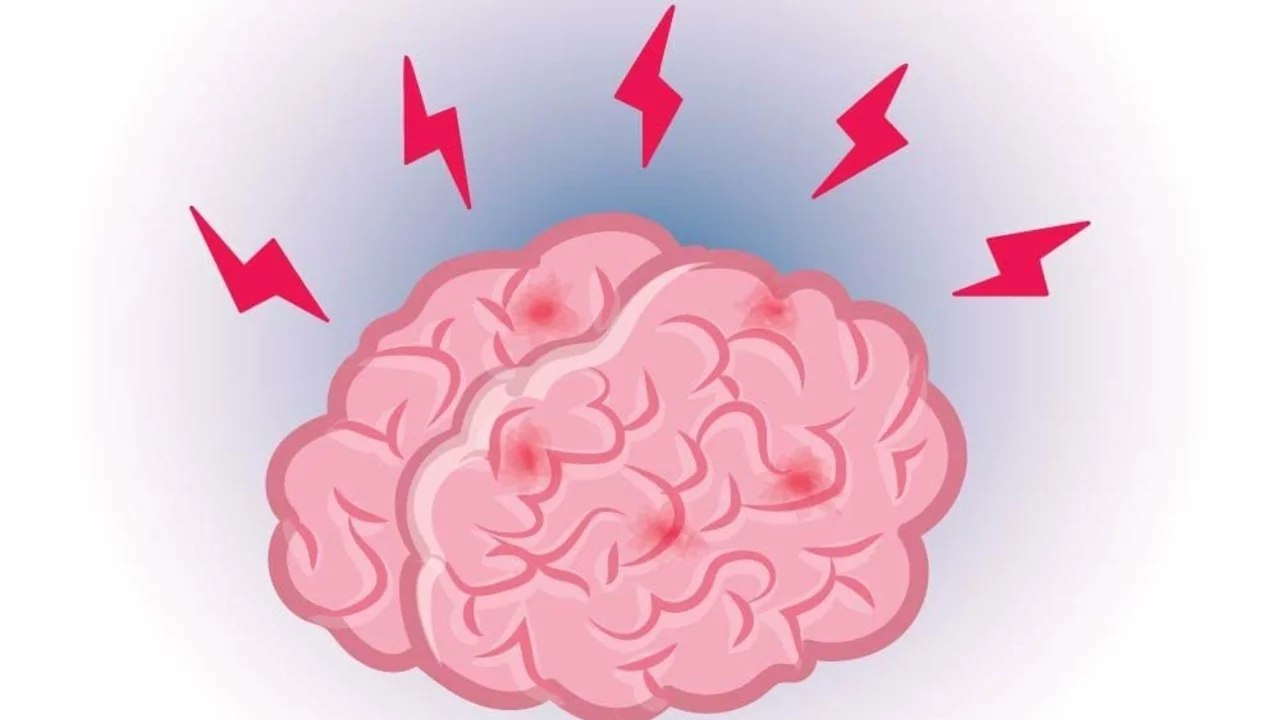Brain Health: Why It Matters and How to Boost It
When talking about brain health, the overall state of your brain's structure and function, including memory, mood, and processing speed. Also known as mental fitness, good brain health helps you think clearly, stay emotionally balanced, and react quickly to daily challenges.
One of the first things that comes to mind is cognitive function, the set of mental abilities like learning, remembering, and problem‑solving. Strong cognitive function lets you juggle work tasks, remember appointments, and enjoy hobbies without mental fog. Research shows that people who maintain high cognitive function into their 60s often have better overall brain health scores, suggesting a two‑way street: a healthy brain fuels cognition, and active cognition supports brain health.
Another core player is neuroplasticity, the brain's ability to reorganize its connections in response to learning and experience. Neuroplasticity means you can actually strengthen neural pathways by practicing new skills, whether it's learning a language or mastering a swim stroke. Studies reveal that regular mental challenges increase gray‑matter volume, a clear sign of a flexible, resilient brain. So, neuroplasticity is both a result of good brain health and a tool to improve it.
What's the everyday driver that fuels both neuroplasticity and cognitive function? physical exercise, any bodily activity that raises heart rate and improves circulation. Aerobic workouts pump oxygen‑rich blood to the brain, delivering nutrients that support neuron growth. A consistent exercise routine has been linked to a 30% lower risk of age‑related cognitive decline. In short, moving your body is a shortcut to a sharper mind.
Among the many ways to stay active, swimming, a low‑impact, full‑body aerobic sport that combines breath control and coordinated movement stands out for brain health. The rhythmic breathing required in swimming increases oxygen intake, which boosts alertness and reduces stress hormones. The coordinated arm‑leg motion engages multiple brain regions at once, reinforcing neuroplastic pathways. Plus, the soothing water environment triggers relaxation, lowering anxiety and improving mood—key components of overall brain health.
If you want to harness swimming for mental gains, start with simple breathing drills: inhale for three strokes, exhale for three, and keep the pattern steady. Add short intervals of faster laps to raise heart rate, then finish with a few slow strokes to let the brain recover. Aim for three sessions a week, each lasting 30‑45 minutes, and pair the routine with a mental game—like counting backwards or recalling a list of words—to double‑tap neuroplastic benefits. Over time you’ll notice clearer thinking, better memory, and a calmer mindset.
Below you’ll find a collection of articles that dive deeper into each of these topics—how cognition works, what neuroplasticity means for everyday life, why exercise matters, and the specific advantages swimming offers for your mind. Whether you’re a seasoned athlete or just curious about keeping your brain in top shape, the posts ahead give practical tips and solid science to help you make the most of your mental fitness journey.
 Jul, 22 2023
Jul, 22 2023
